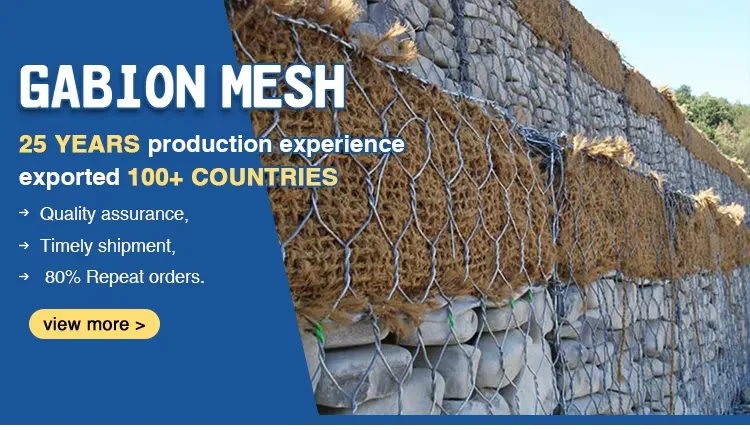Jan . 11, 2025 12:47 Back to list
Floor Drainage Trench Cover For High Quality Stainless Steel Serrated Steel Grating


Ensuring the longevity of trench grating involves regular maintenance, which is a strategic component of effective drainage management. Maintenance routines include visual inspections for debris clogging, corrosion checks, and structural assessments. Proper installation is equally critical, requiring precise sizing and alignment to the trench, thus preventing potential hazards caused by grates shifting out of place under pressure. When discussing trench grating, one must consider the design element, which can influence both functionality and aesthetic appeal. Slotted and perforated designs can be tailored to maximize water drainage efficiency and align with architectural themes. In conclusion, selecting the right trench grating involves understanding the specific application requirements and environment. Industry expertise and authoritative insights into material properties, load management, maintenance schedules, and design considerations are key to optimizing both functionality and durability. Trustworthy suppliers provide detailed specifications and feature compliance with relevant safety standards, ensuring the chosen solution delivers consistent performance and safety. For those tasked with implementing or maintaining effective drainage systems, trench grating represents an indispensable component requiring informed decision-making based on credible information and expert recommendations.
Latest News
-
Brick Mesh Wall Solutions | Enhanced by GPT-4 Turbo Design
NewsAug.01,2025
-
Premium Anti-Climb Fence Spikes for Sale
NewsAug.01,2025
-
Premium Peach Post Fence | Durable & Stylish Security
NewsJul.31,2025
-
Best Galvanized Grating Price - Durable Galvanized Steel Grating Solutions
NewsJul.30,2025
-
0.5-4.0mm Wire 2×2 4×4 8×8 Hot Dipped Galvanized Welded Mesh Roll
NewsJul.30,2025
-
Metal Fence Pickets for Sale – Durable Galvanized & Steel Options
NewsJul.29,2025
Our company owns has excellent CAD steel grating drawing designers, who can provide customers with perfect steel grating layout design and better meet customers' special requirements for products. We have been adhering to it the business tenet of "quality first, customer first", with high-quality products, reasonable prices, and the fastest delivery time, we wholeheartedly provide customers with a full range of services! Welcome new and old customers to cooperate sincerely and create brilliance together!
Contact Us
WELCOME TO OUR COMPANY!
Thank you for your interest in our services! If you have any questions or wousld like to book a service, please don’t hesitate to contact us. Our team is dedicated to providing you with the highest level of service and support, and we are committed to working with you to make your event a success.

Service Email

Service Phone
Product Center
Contact Us
- Phone: +86 +86 15733154345
- E-mail: sales@chengsenchina.com
- Address: B1213 GLOBAL CENTER, NO.226 ZHONGHUA NORTH STREET, SHIJIAHUANG, CHINA


























